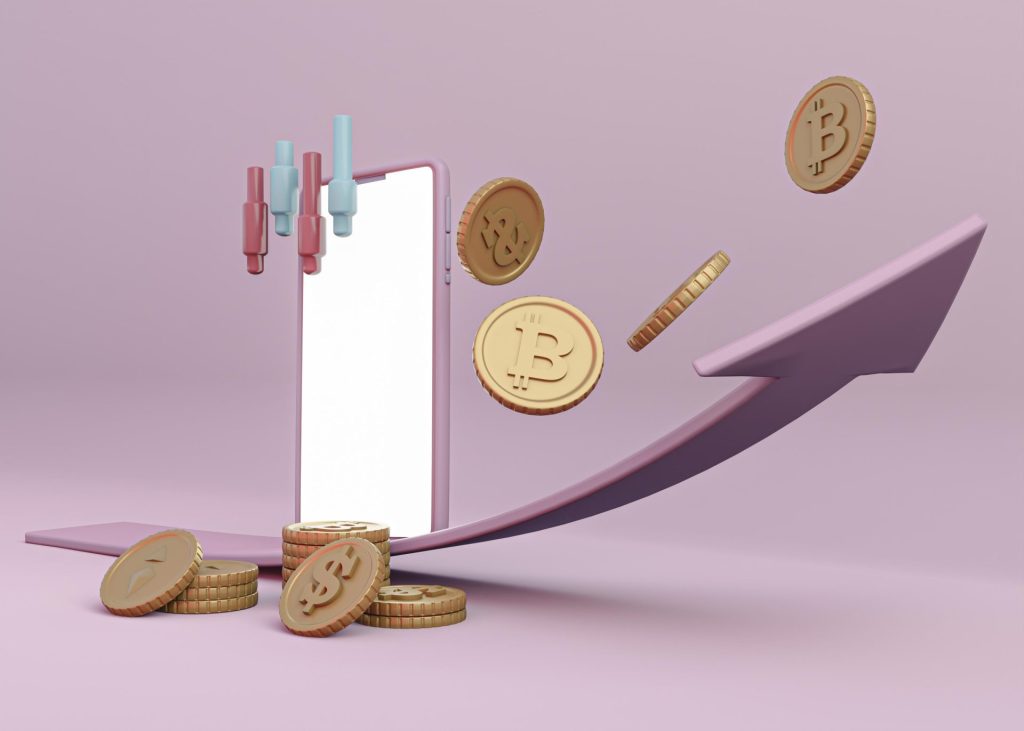
What Is a Bond ETF and Should You Be Investing in One
If you’re building a portfolio and looking for stable income or lower-risk assets, you’ve probably come across bond ETFs. They look like stocks on your trading app but act more like mutual funds. So what are they really, and how do they work?
What Is a Bond ETF
A bond ETF is a fund that holds a collection of bonds and trades on stock exchanges. Think of it as a mutual fund that you can buy and sell throughout the day. It follows a bond index or a custom basket of bonds like government or corporate debt.
You don’t own the bonds directly. You own shares in the fund, which owns the bonds.
How Bond ETFs Work
Bond ETFs are structured as open ended funds. This means they can issue or redeem shares based on investor demand.
The value of the ETF is tied to the market prices of the bonds it holds. If the bonds go up the ETF usually rises. If interest rates climb and bond prices fall the ETF can lose value.
To keep liquidity high the fund uses a creation and redemption process. Authorized participants step in and exchange baskets of bonds for shares or vice versa. This keeps prices close to the value of the assets inside.
Types of Bond ETFs
Government Bond ETFs
These track sovereign debt like US Treasuries or EU government bonds. They’re usually low risk and offer steady but modest returns. Some of the most traded bond ETFs fall into this category.
Corporate Bond ETFs
These hold bonds issued by companies. They often offer higher yields than government bonds but come with more credit risk. The quality depends on whether the companies are investment grade or high yield.
Municipal Bond ETFs
These focus on bonds from state or local governments, mainly in the US. They can offer tax advantages, especially for residents in the same state. These are popular with income investors looking for tax-exempt returns.
International and Emerging Market Bond ETFs
These offer exposure to foreign bonds issued by other governments or corporations. With this access comes currency risk and potential geopolitical challenges.
Short Term vs Long Term Bond ETFs
The term refers to how long the bonds inside the ETF take to mature. Short-term ETFs are less sensitive to interest rate changes. Long-term ones carry more risk but often pay more.
Benefits of Bond ETFs
Diversification
A single bond ETF can include hundreds of bonds across sectors and issuers. This spreads out risk and reduces the impact of any single default.
Liquidity and Accessibility
You can trade bond ETFs at any time during market hours. That’s a big plus compared to traditional bonds, which are harder to buy and sell.
Cost Efficiency
Most bond ETFs have low management fees. There are no upfront charges or exit fees like some mutual funds.
Transparency and Real Time Pricing
Holdings are updated frequently. You can check the price at any time instead of waiting for a daily closing value.
Income Generation
Bond ETFs pay out regular interest income. These come in the form of dividends either monthly or quarterly depending on the fund.
Risks to Watch
Interest Rate Risk
When interest rates go up bond prices go down. Long term bond ETFs are hit harder. If rates are rising fast that can drag on performance.
Credit Risk
If the issuer of a bond defaults the value drops. Corporate and emerging market bonds carry more of this risk.
Liquidity Risk
Some specialized ETFs or those focused on thinly traded markets may be harder to sell without taking a hit on price.
Tracking Error
Sometimes the ETF doesn’t match its benchmark exactly. This can happen due to management costs or market disruptions.
Bond ETFs vs Individual Bonds
Trading Flexibility
Bond ETFs let you trade any time. That’s not always the case with individual bonds. They’re also easier to manage and rebalance.
Yield and Return
Individual bonds give a fixed interest rate if held to maturity. Bond ETFs don’t guarantee a fixed yield and reinvestments can affect returns.
Laddering Strategy Comparison
Some investors prefer building a bond ladder with different maturities. ETFs offer a simpler way to get similar exposure without having to manage each bond.
How to Choose a Bond ETF
Define Your Goals
Are you looking for steady income, capital preservatio,n or a hedge against stock volatility?
Consider Duration and Maturity
Match the fund’s duration with your investment timeline and your view on interest rates.
Look at Credit Quality
Do you want investment grade safety or are you comfortable taking on some high yield risk for more income
Check Expense Ratio and Tracking Accuracy
Lower costs usually help over time. Also make sure the fund stays close to its benchmark.
Review Yield and Payment Schedule
Look at the expected income and how often it’s paid. Make sure it fits your cash flow needs.